Are you looking to enhance your study sessions and connect with fellow learners? Forming a study group can be a fantastic way to share knowledge, stay motivated, and tackle challenging subjects together. In this article, we'll explore essential tips for creating a successful study group that meets everyone's needs and helps you achieve your academic goals. So, let's dive in and discover how you can make the most of your study sessions!

Purpose and Objectives
Creating a study group enhances collaborative learning opportunities among students. The primary objective involves fostering an environment where individuals can share knowledge, clarify concepts, and develop problem-solving strategies collectively. Study groups often gather weekly, typically three to five members, to address specific subjects such as Mathematics, History, or Science, ensuring ample time for discussion and practice. This collaborative setting encourages accountability and motivation, allowing members to stay on track with their studies while preparing for upcoming exams, projects, or presentations. Implementing structured sessions, such as reviewing lecture notes or engaging in practice quizzes, can significantly improve understanding and retention of course material.
Meeting Schedule and Duration
A well-structured study group enhances learning experiences and fosters collaboration among participants. The proposed meeting schedule consists of bi-weekly gatherings lasting 90 minutes each. Sessions will take place in the university library's study room (Room B204), which accommodates up to 12 students, ensuring a conducive environment. The initial meeting is set for April 3rd, 2024, at 5:00 PM, aligning with students' availability post-classes. Agenda items include topic brainstorming, study material distribution, and assignment deadlines. Additionally, participants can suggest alternative meeting times to accommodate varying schedules, ensuring maximum attendance and engagement in the group's activities.
Group Size and Composition
Study groups can greatly enhance learning efficiency and comprehension through diverse expertise and perspectives. An ideal group size ranges from four to six members, fostering adequate interaction while preventing overshadowing of quieter participants. Effective composition includes individuals with varying strengths, such as advanced knowledge in mathematics, experience in scientific research, or proficiency in literary analysis, providing balanced support. Additionally, diversity in backgrounds and study habits contributes to broader understanding and innovative problem-solving approaches. Regular scheduled meetings, perhaps weekly at local libraries or online platforms like Zoom, can ensure consistent engagement and progress tracking.
Roles and Responsibilities
Establishing a study group requires clear roles and responsibilities to enhance collaborative learning. The facilitator (commonly a member assigned on a rotating basis) organizes meetings, coordinates the agenda, and ensures participation. The note-taker captures key points during discussions, documenting shared insights and important information from relevant academic materials. Each member, responsible for preparing specific topics, must engage in research to contribute knowledge. The timekeeper maintains awareness of the session schedule, ensuring that all agenda items are covered efficiently. Encouraging an inclusive environment, the motivator supports others in staying focused, fostering camaraderie among participants. Assigning these distinct roles facilitates smoother interactions and maximizes the effectiveness of collective study efforts.
Additional Resources and Support
Forming a study group can significantly enhance learning experiences for students, such as those at University of California, Berkeley. By collaborating with peers, students can share different perspectives on course material, leading to a deeper understanding of complex subjects like organic chemistry or linear algebra. Gathering resources, such as textbooks from the library and online platforms like Khan Academy, can provide additional support for challenging topics. Regular meetings, ideally once a week at a designated location on campus, can motivate participants to stay focused on assignments and prevent procrastination. Utilizing tools like Google Drive for shared notes and scheduling apps can streamline communication, making it easier for all group members to stay organized and accountable.



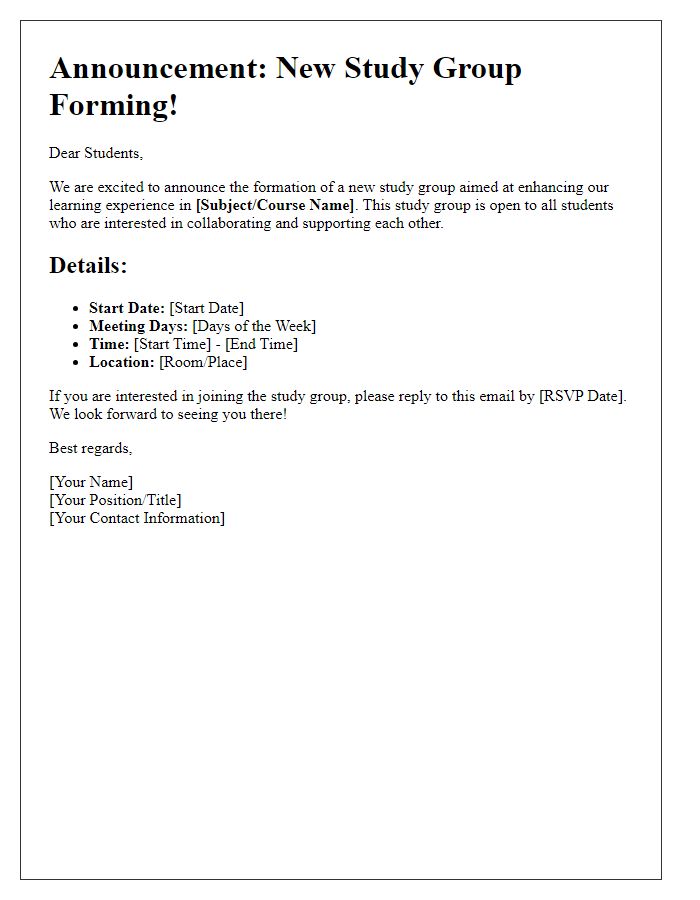
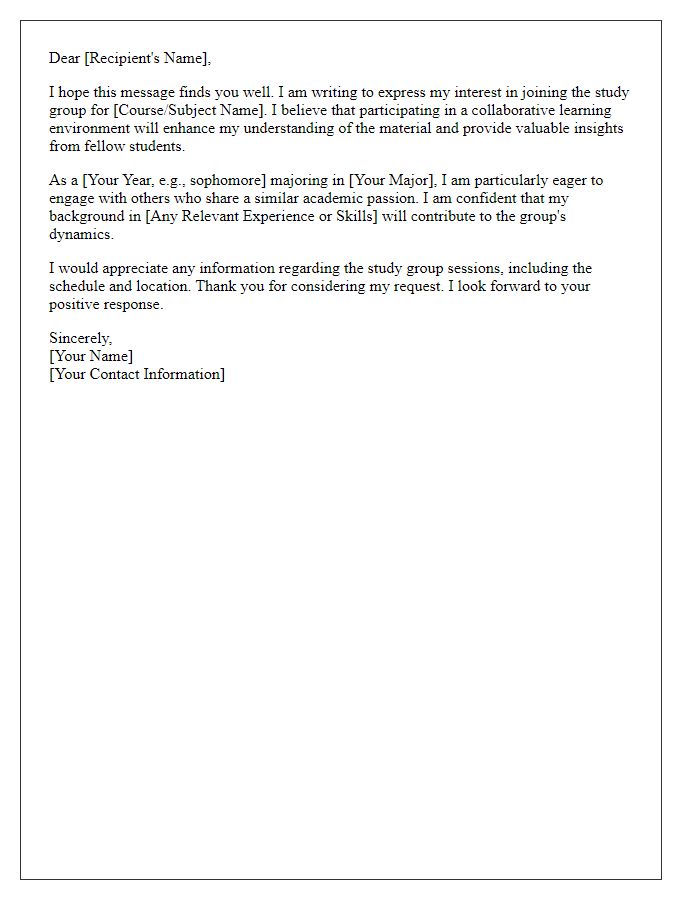
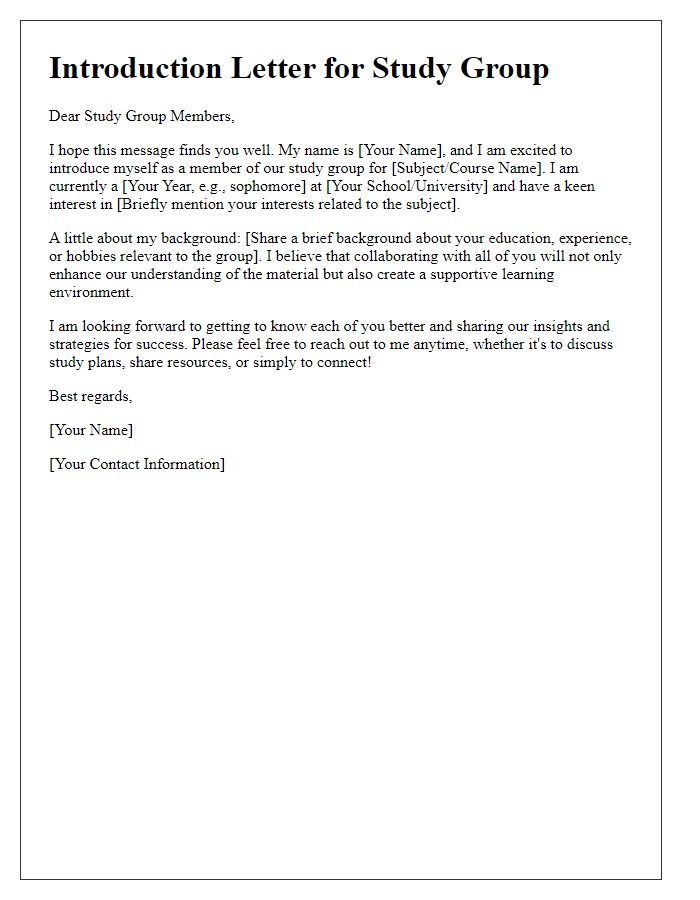
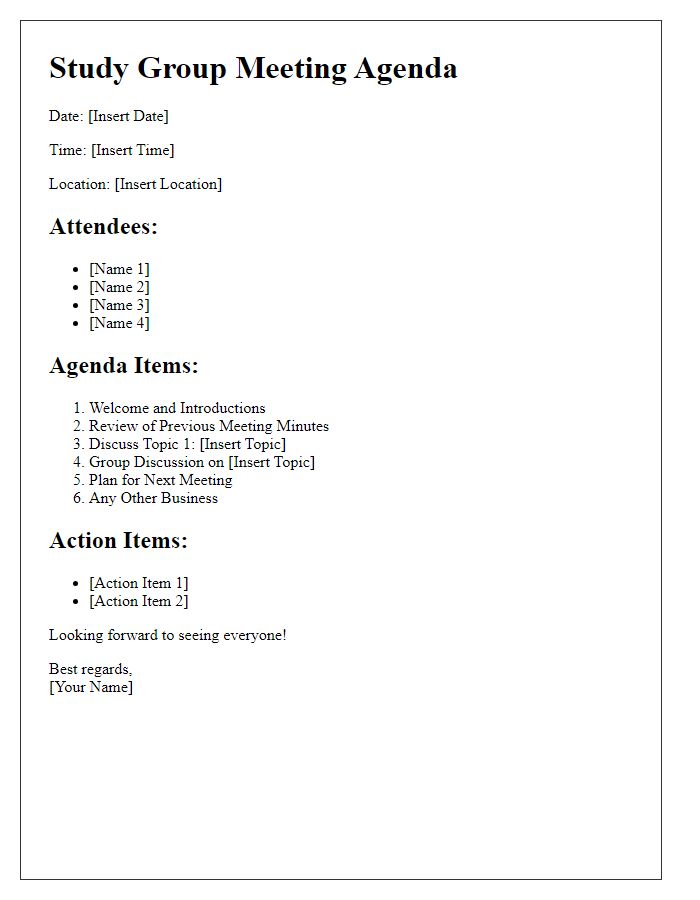
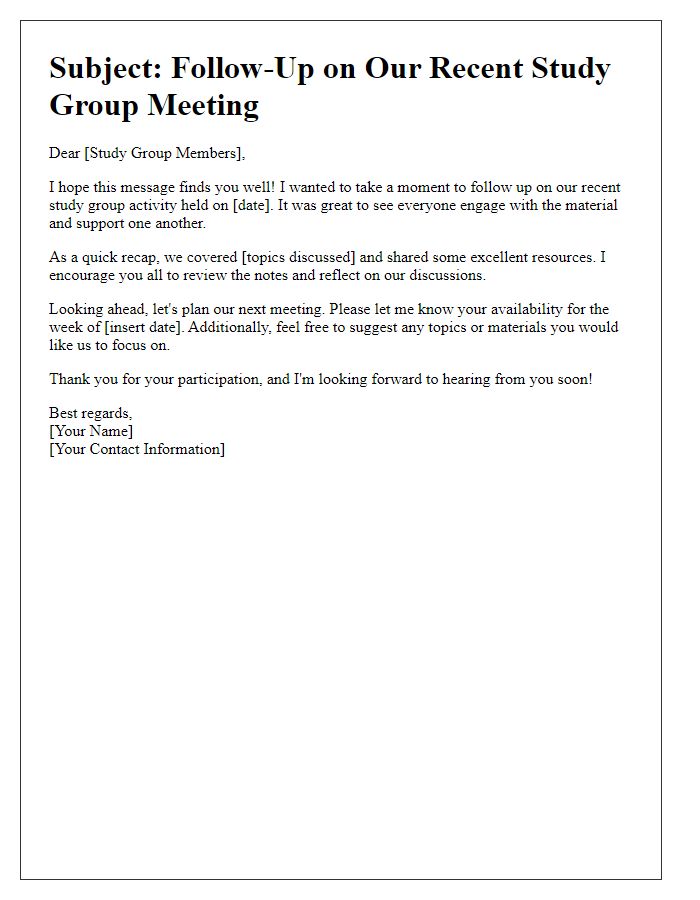

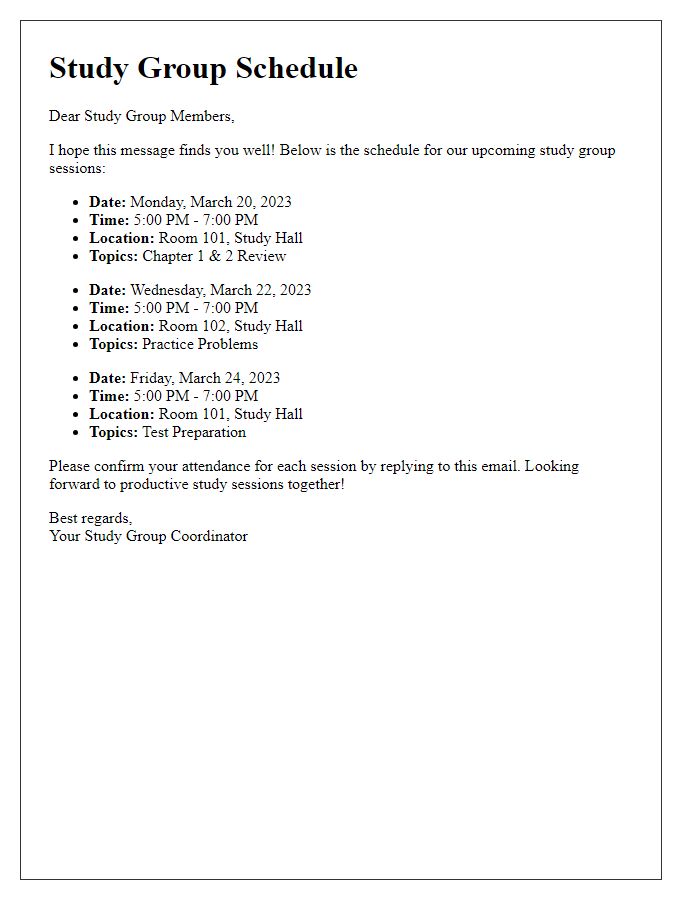






Comments